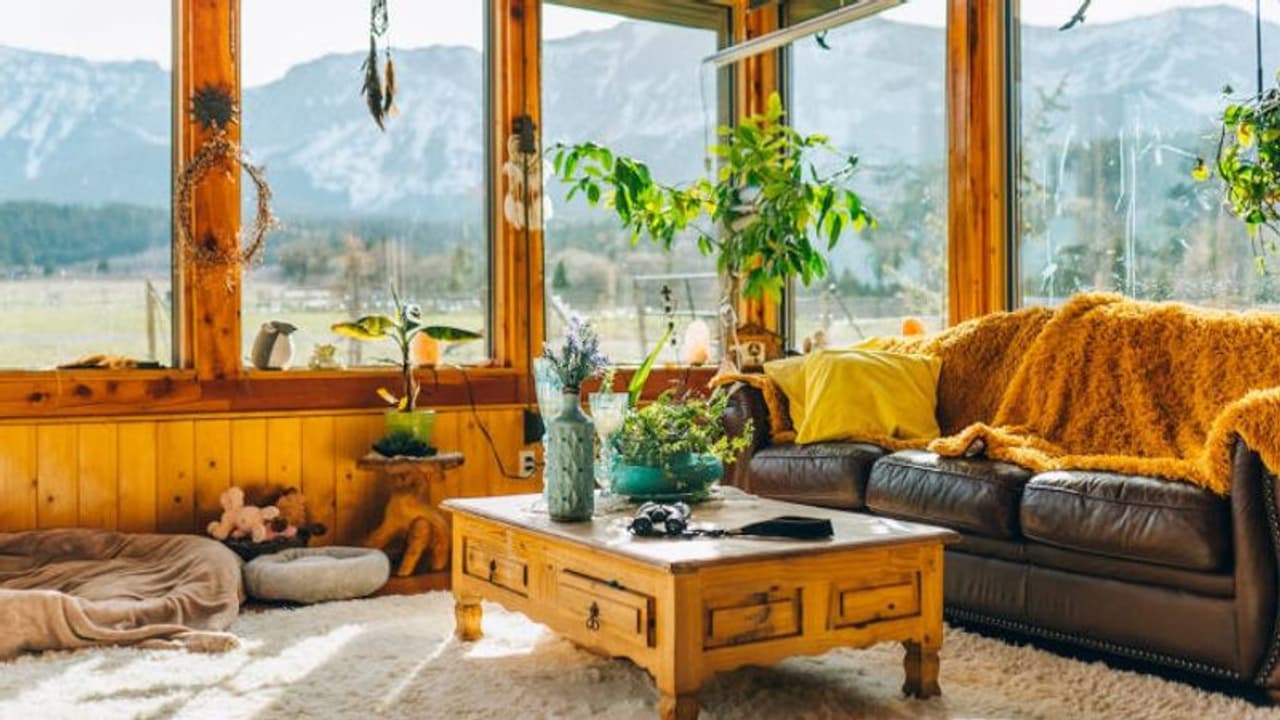The theme of this year's World Interior Day, organised by the International Federation of Interior Architects / Designers (IFI), was Design for All, which emphasised the importance of professional interior design and its impact on individuals and societies. Vandana Gujrati celebrates with the wabi-sabi design.
New luxury is all about finding beauty in simplicity and transience. The Japanese philosophy of wabi-sabi combines natural inspirations and a neutral palette with a nod to the beauty in the imperfection of daily life. Wabi-sabi celebrates the knot in the wood or the wrinkle in the linen.

The concept of wabi-sabi developed from Zen Buddhist philosophy sometime between the 13th and 15th centuries and has three founding principles:
1. Nothing is ever permanent, perfect or complete.
2. Life is best enjoyed when we accept these imperfections.
3. Everything is perfectly imperfect.
Interior design that embraces the wabi-sabi is about simplicity, asymmetry or irregularity, beauty in the understated, naturalness without pretence, subtle grace, freeness and tranquillity.
Respecting the authenticity of objects and materials, which is utilising the connection between the earth and its resources, for their history and uniqueness, rather than for their perfection. Mindfully-selected treasures that spark joy for you will inspire you to celebrate authenticity and find beauty in simplicity.

Play with surface finishes that mimic crumbling plaster or weathered concrete. The harmonious neutral palette of browns, greys, greiges, greens, whites and creams creates
interiors that are serene and harmonious, where natural light and the interplay of muted colours create a sense of comfortable and enveloping luxury. It is an aesthetic that works with the natural pastels of a Scandinavian scheme or the fired earth tones of the Mediterranean.
Taking the wabi-sabi philosophy one step further by finding beauty in your everyday objects and routine through intentional movement to have daily tasks become memorable. You can start simply with morning coffee/tea and make it a ritual, for example, grind beans or create a unique tea blend.
The home is the best place to engage and stimulate your senses in wabi-sabi. Incorporating burning incense, water features or sounds, and textural textiles like wool and
sheepskin substitutes warmth, character and beauty for ostentatious displays of symmetry and wealth.
Small imperfections breed a sense of calm and appreciation for life as unglazed raw pottery, stone bowls and planters, olive jars with broken handles, and polished brass or copper pieces that will acquire a patina over time. In a wabi-sabi interior, less is always more. Invest in quality objects that have a sense of history or that continue to perform well, despite being old, play into this desire.
